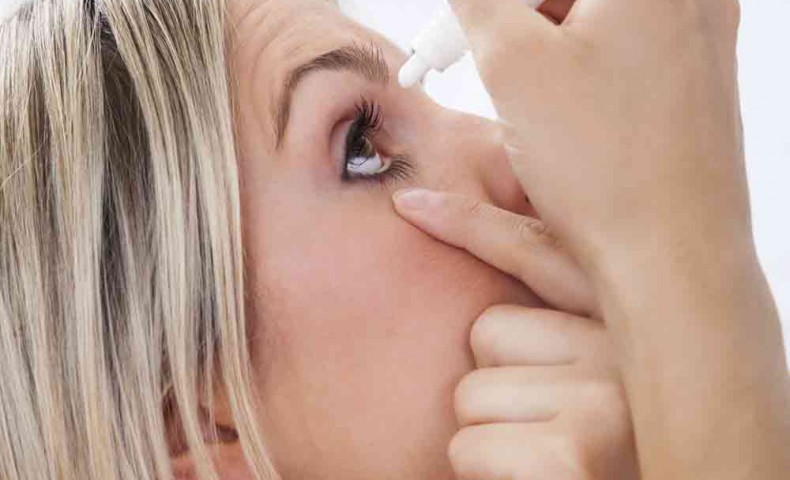
Red eyes may be the cause of many different things. The first thought is often pink eye, also known as conjunctivitis, but there are 3 major types of conjunctivitis you’ll encounter.
What types of eye infections are there?
Bacterial eye infections have mucopurulent discharge, which is thicker and cloudier. There is redness of the conjunctiva (not the white part of the eye) with itching and tearing.
Viral eye infections have mucoid discharge (gel like), redness of the conjunctiva (not the white part of the eye). Sometimes they have a sense of a scratchy feeling and discomfort when looking at a light. You may encounter itching and lots of tearing. On exam from a doctor there is often a swollen lymph node just in front of the ear this can often be ascertained during an online visit from a doctor using LiveHealth Online.
With allergic eye infections, there is tearing, itching and no discharge. You’ll encounter this one along with other allergies such as being around dust mites, pollens and molds.
Which are contagious?
It’s important to know which eye infections may spread, especially if you have several little ones running around. Viral and bacterial eye infections are contagious, while allergic ones are not.
How do you treat the different types of eye infections?
Dr. Mia Finkelston, who treats patients using LiveHealth Online, provides advice on how to treat the different eye infections.
Bacterial eye infections need antibiotic drops to get rid of them. There are many choices that can be prescribed by your doctor. It usually takes 5-10 days.
Viral eye infections take time. It runs its course and can take as long as 2-3 weeks to go away. It’s important to keep your hands away from your eyes and use artificial tears. You can also use a warm compress when crusty and a cool compress if red, itchy or swollen. The live virus can be shed for up to 2 weeks, keep this in mind when rubbing eyes and washing hands. According to Dr. Finkelston, “There is a possible secondary infection that can occur in younger children who do rub their eyes and go to school we tend to treat them with antibiotic drops, but most adult can avoid this.”
When it comes to allergic eye infections, Dr. Finkelston recommends a few home remedies such as cool compresses and cool cucumber slices. You can also use allergy eye drops, decongestants and anti-inflammatories.
Washing your hands thoroughly and being aware of your surroundings as well as others who may be infected can help prevent eye infections. Good hygiene is extremely important to prevent any viral or bacterial infections.
If you think you or your child may have an eye infection, you can talk to a doctor 24/7 using LiveHealth Online.
Recommended Posts




